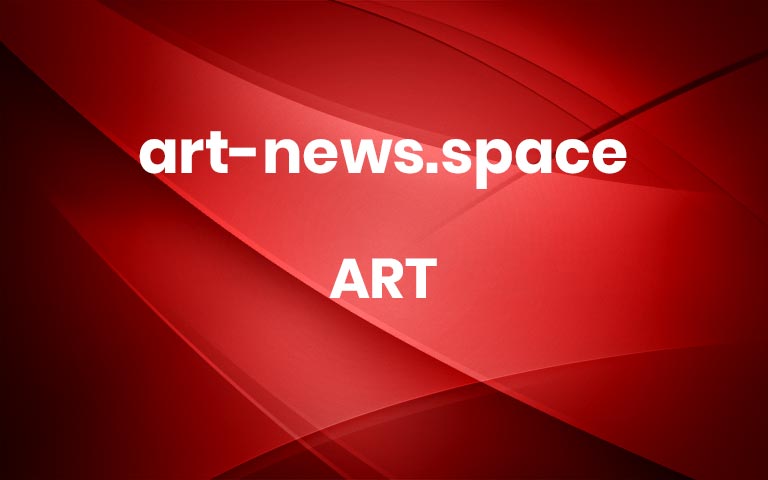A New Book Cultivates a Rich Survey of 300 Magnificent Gardens
Taylor Cullity Lethlean with Paul Thompson, Australian Garden, Cranbourne Gardens, Victoria, Australia (2006 and 2012). Photo by John Gollings
A New Book Cultivates a Rich Survey of 300 Magnificent Gardens
July 15, 2025
ArtBooksDesignNature
Grace Ebert
Share
Pin
Bookmark
From the humble backyard plot to the royal Water Theatre Grove at Versailles, gardens have long been a source of sustenance, beauty, and spiritual communion. A forthcoming book from Phaidon sprouts from this history as it celebrates how these sites of joy and grandeur endure throughout the ages.
The Contemporary Garden travels to 300 green spaces across 40 countries, surveying the everlasting link between horticulture, nature, and aesthetics. Included in its 300-plus pages are private and public spaces in a wide array of styles, from wild plots in urban centers to impeccably trimmed topiaries to designs that prize water features as much as foliage.
While the book peers into some gardens only accessible to a few, many of its pages highlight well-trodden areas open to the public, like New York’s elevated Little Island, designed by Heatherwick Studio. Perhaps unsurprisingly, several spaces also double as outdoor galleries—including the High Line in Manhattan—or are artworks themselves. In the latter category is Gabriel Orozco’s The Orozco Garden, which bridges sculpture and horticulture through intricately laid brickwork and overgrown grasses at South London Gallery.
Bridging natural sciences with art and design, The Contemporary Garden showcases how, even in this increasingly digital age, green spaces continue to be one of humanity’s perennial fascinations.
Slated for release in late September, The Contemporary Garden is available for pre-order in the Colossal Shop.
Kim Wilkie for the 10th Duke of Buccleuch, Orpheus, Boughton House, Kettering, Northamptonshire, England, 2009. Photo by Kim Wilkie
Louis Benech and Jean-Michel Othoniel, Water Theatre Grove, Château de Versailles, Versailles, France (2015). Photo © EPV/Thomas Garnier
Dominique and Benoît Delomez, Jardin intérieur à ciel ouvert, Athis-de-l’Orne, Normandy, France, (2000–11). Photo courtesy of Benoît and Dominique Delomez
Erik Dhont, Bonemhoeve, Damme, West Flanders, Belgium, (2005). Photo © Jean-Pierre Gabriel
Gabriel Orozco, The Orozco Garden, South London Gallery, London, England, (2016). Photo by Andy Stagg
Do stories and artists like this matter to you? Become a Colossal Member now, and support independent arts publishing.
Hide advertising
Save your favorite articles
Get 15% off in the Colossal Shop
Receive members-only newsletter
Give 1% for art supplies in K-12 classrooms
Join us today!
$7/month
$75/year
Explore membership options
Next article More


